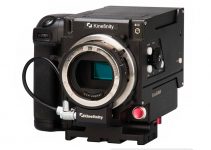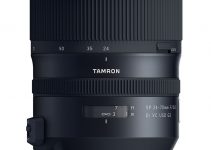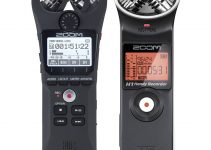The original Canon R5 presented an interesting choice for high-quality video from the brand, but it was still very different from the C70 and had limitations that made them distinct cameras for different types of users.
Now, with the launch of the R5 C that seems to address many of the video-specific shortcomings of the mirrorless format there is a better question as to how to compare the cine-styled mirrorless to a more traditional compact cinema camera. If you are curious or trying to decide on what your next cinema camera should be then this comparison from Monkeypixels will be useful.
There is a very obvious place to start, and that is if you need a hybrid camera for stills and video. The R5 C does stills very well while the C70 doesn’t have a real option for it. If you need stills the R5 C is the one to pick.
After that, it is worth talking about the pricing:
- R5 C: $4,500
- C70: $5,500
A notable gap of $1,000, but not a huge gap if you are considering this an investment for your business.
Body & Design
Where things start to diverge is when we get to the actual design. The C70 is a video camera first and foremost. This means even the smaller things are tuned to make it better for video shooters.
The R5 C does take some steps in the right direction, but it is still mostly a mirrorless camera with some video-centric updates. If you want something for purely video shooting the C70 is the better pick. Key points to pick out are a larger grip and hand strap, a full-size HDMI, a few more buttons and ports, and a larger screen.
Another key point is in audio as the C70 has mini-XLR inputs and dedicated audio controls on the body itself. The R5 C doesn’t come with any specific audio controls. And, the C70 comes with a removable top handle.
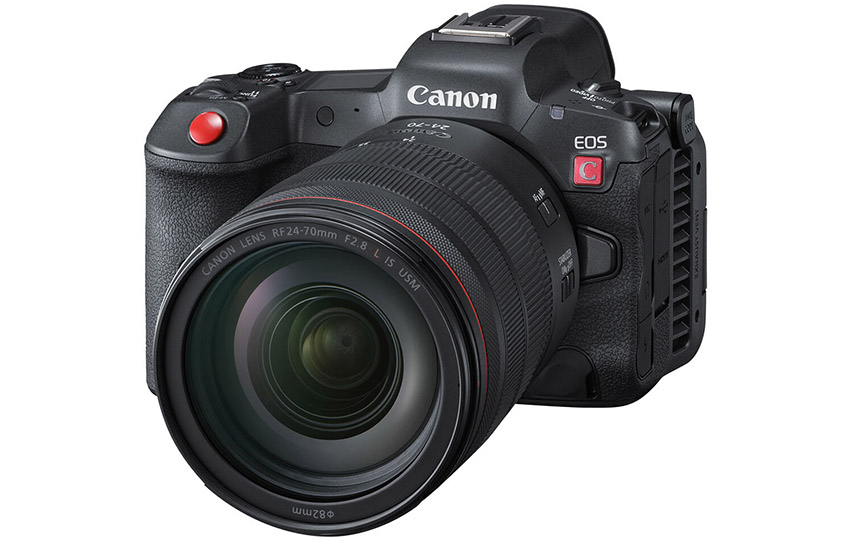
Image Credit: Canon
Resolution
This is an interesting comparison since the R5 C will shoot in 8K while the C70 only offers 4K. Now, this likely isn’t as big a deal as you might think unless you really need the ultra-high resolution 8K files. The 8K files are still tough for most computers to handle and there are weird power limitations with the R5 C at the higher frame rates.
As for the C70, it is tuned to deliver outstanding 4K footage. That is a benefit if that is all you need—and for most that is all they need.
Dynamic Range
Cinematic images are usually defined by having a wide dynamic range. This is where the C70’s Dual Gain Output (DGO) sensor wins out. The C70 will hit 16+ stops of dynamic range while the R5 C is limited to 14 stops. That can make a huge difference in your final imagery.
Card Slots
Where the R5 C wins one is with the card slots. It has a faster CFexpress Type B slot which is leaps and bound better than SDs. It does have an SD card slot as well for some backup and dual recording, though the best modes do require the CFexpress slot.
The C70 on the other hand offers dual SD card slots, which is a benefit since they match up. However, the faster CFexpress media is a lot better than SD cards and not having it is limiting the full potential of the C70.
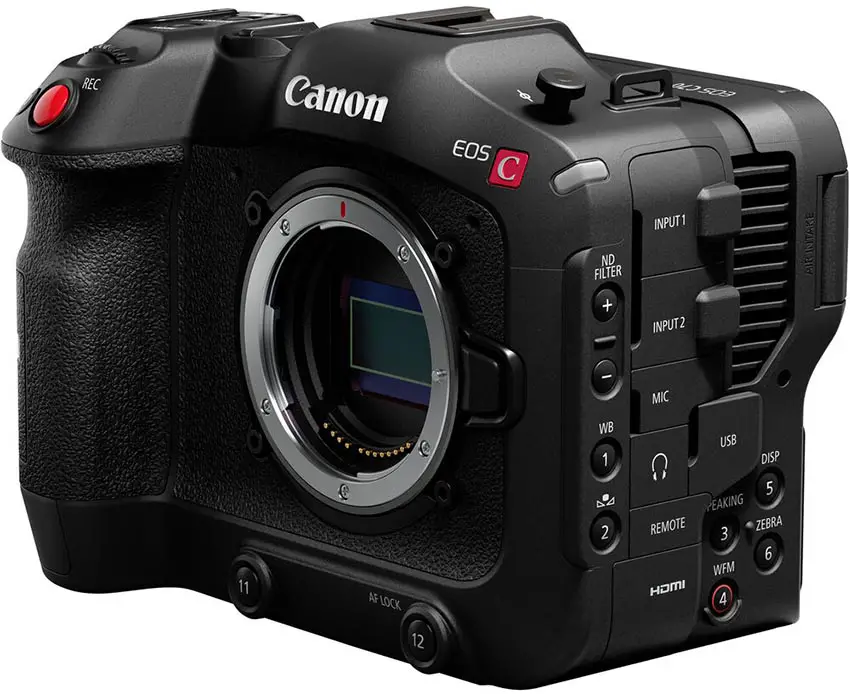
Image Credit: Canon
Sensor Size
Another area where the R5 C appears to win is that it has a full-frame sensor. Even if you often shoot in Super35, the R5 C has crop options that will get you there so it’s not like you can’t shoot it anyway.
The C70 has a good Super35 sensor and there is an EF-mount speed booster to almost match performance, but you are then limited to older EF glass. The R5 C can use all RF and EF lenses with the full-frame sensor.
Dual Gain Output Sensor vs Dual ISO
The R5 C now has confirmed dual ISO performance. This is good and definitely appreciated. However, the DGO sensor in the C70 is a star. It has more dynamic range and a cleaner look to it. If you don’t especially need a boost to low-light performance from the dual ISO, then the benefits of DGO are unmatched by more conventional designs.
Also, the dual ISO makes you have to think a lot more about what settings you are using for optimal performance since being a touch off one of the base ISOs will result in substantial changes to image quality.
Internal ND
A big advantage of the C70 is having internal ND filters. This is huge for run-and-gun shooting as you always have high-quality ND at the flip of a switch. There are obviously solutions for the R5 C, but they are clunkier or more time consuming than just having them integrated in the camera.
Autofocus
This is where we start getting into the footnotes of the cameras’ spec sheets. The R5 C has stellar, perhaps class-leading AF in stills mode with the Dual Pixel CMOS AF II. When you flip it into video mode it does drop down to Dual Pixel CMOS AF I. This puts it on par with the C70’s offerings and should mean they will offer similar performance.
Face Only AF
They call out this feature which was limited to the C70 at first, but Canon has confirmed that the R5 C is getting Face Only AF as well. It’s a tie.
Audio
As mentioned earlier, the C70 has two mini-XLR inputs on the body along with a 3.5mm headphone jack and a BNC timecode port. The R5 C only has 3.5mm headphone and mic jacks and a DIN timecode port.
You can add the Tascam CA-XLR2d-C XLR Microphone Adapter Kit mounted to the R5 C’s hot shoe if you want full-size XLR inputs. The only concern is that the design is less than ideal for many setups since it sits on the top of the camera and can get in the way of many rigs.
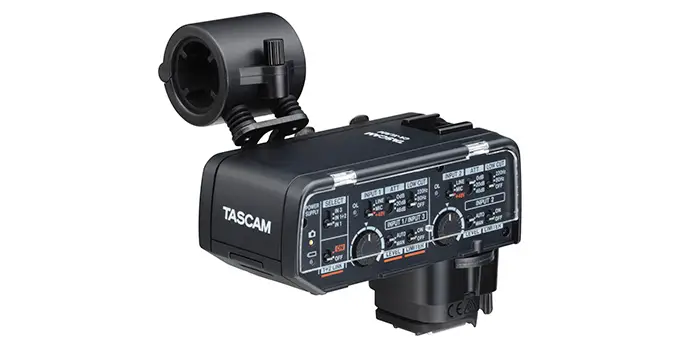
Image Credit: Tascam
Battery
The C70 is a clear winner. It is able to use the larger BP-A series battery packs for getting hours of power. These batteries can also be found with additional outputs like USB-C and D-tap for powering accessories at the same time.
The R5 C has smaller battery packs and they have a limitation and can’t drive all the features of the camera when at the highest frame rates and resolutions.
Overall
For video shooters the C70 is still arguably the best option since it offers all the little things that make the shooting experience so much better. Now, if you need stills or are often using gimbals the smaller R5 C might just be a better pick for you.
Which would you pick?
[source: Monkeypixels]
Order Links:
- Canon EOS R5 C Mirrorless Cinema Camera (B&H)
- Canon EOS R5 Mirrorless Camera (B&H, Amazon)
- Tascam CA-XLR2d-C XLR Microphone Adapter Kit (B&H)
- Canon EOS C70 Cinema Camera (B&H)
Disclaimer: As an Amazon Associate partner and participant in B&H and Adorama Affiliate programmes, we earn a small comission from each purchase made through the affiliate links listed above at no additional cost to you.


